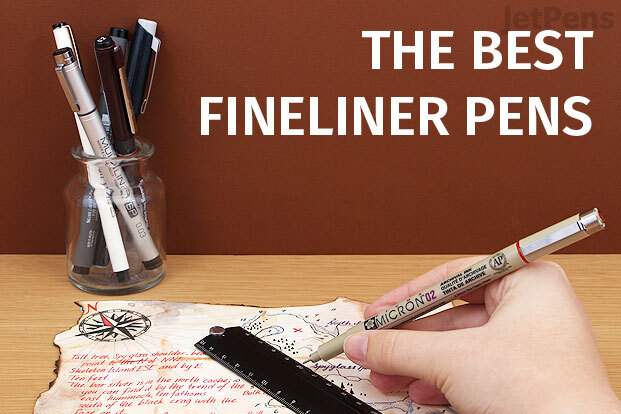
Fineliners marry the visual impact and performance of ink with the convenience and predictability of a needle-point pen. Unlike metal-tipped technical pens or traditional brushes and dip pens, fineliners take no special care to use. This makes them accessible for beginners and everyday writers while allowing experienced artists to work distraction-free. Read this guide to see how to choose a fineliner as well as our recommendations for various art and writing applications.
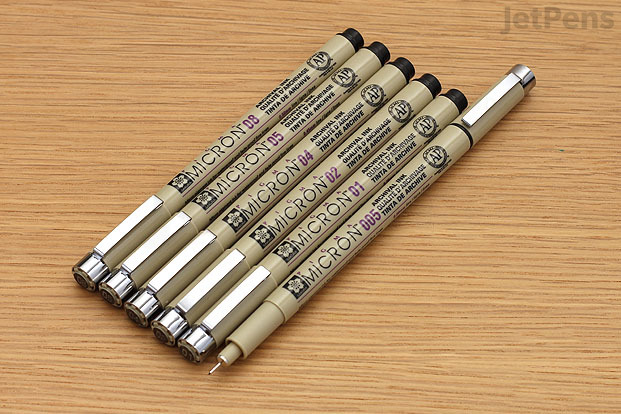
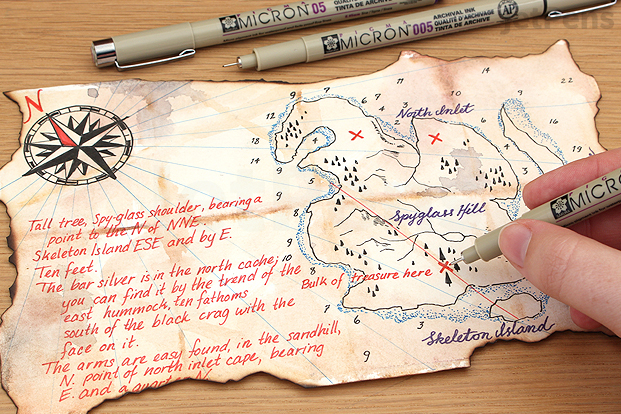
The Sakura Pigma Micron is an enduring favorite among artists and writers. Its plastic tip allows for accurate, reliable lines but also has a small amount of give. This softness allows for slight line variation that imbues drawings with subtle character. It also gives the pen a natural feel. The Micron’s ink flows easily and is quite dark. Its archival-quality pigment ink is also Copic-proof, so it’s the perfect choice for multi-media artwork and writing that needs to last. It comes in 15 colors and sizes ranging from 003 to 08. Read our Sakura Pigma Guide to learn more about the Micron and other pens that use Sakura Pigma ink.
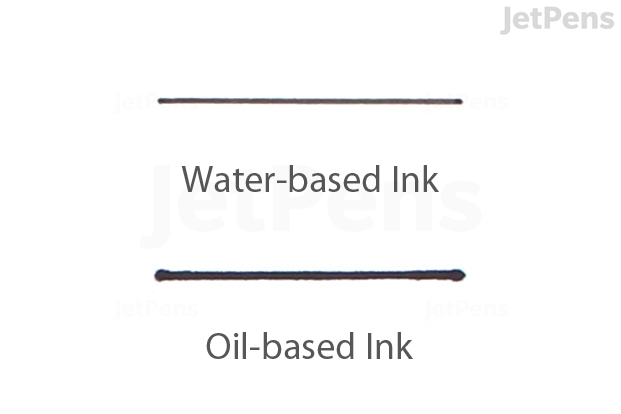
If you want to make sure your work lasts for years to come, choose fineliners that are waterproof to protect against spills, light- or fade-resistant to guard against exposure to sunlight, and acid-free or pH-neutral to prevent them from reacting with paper. Pair them with archival-quality paper for best results.
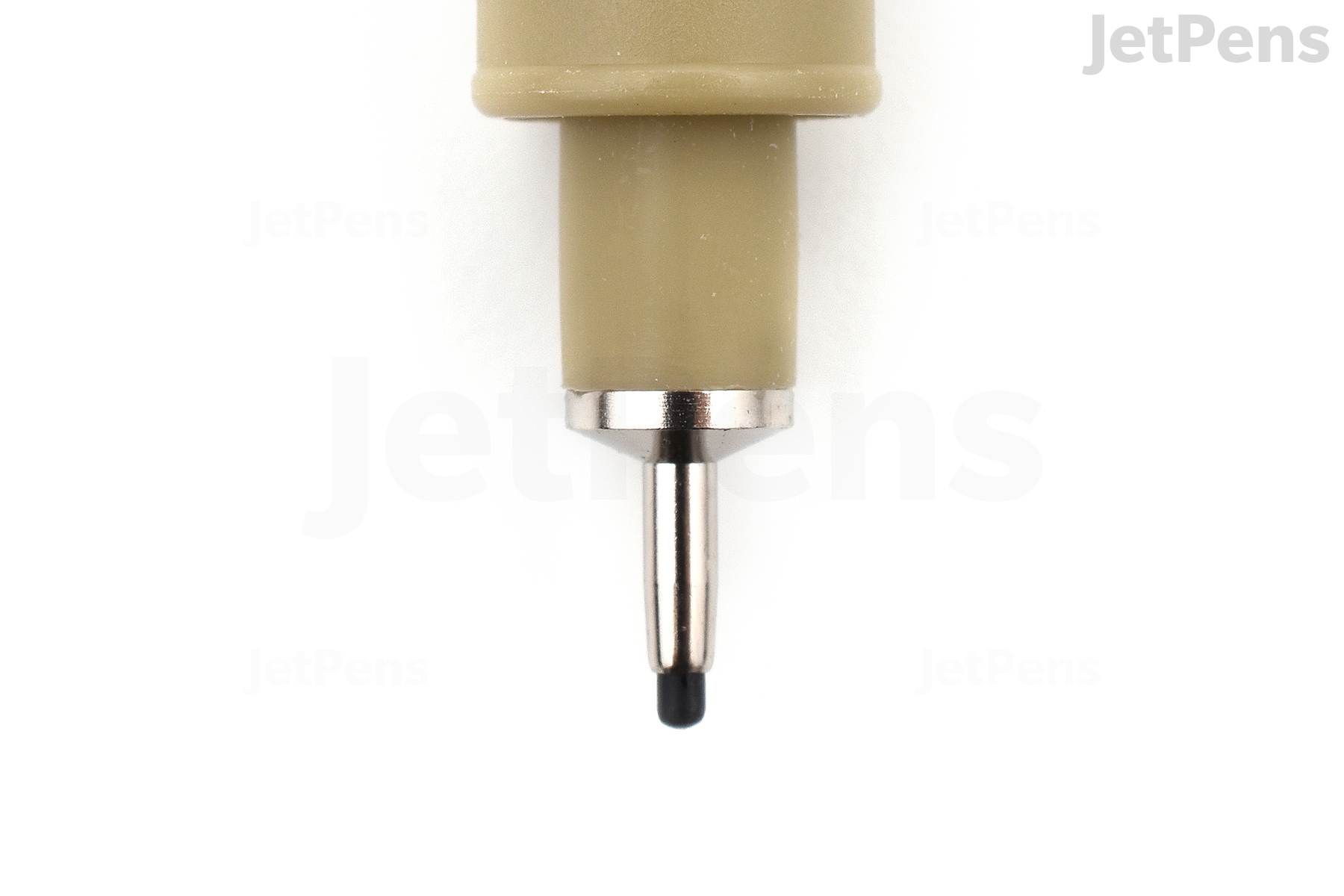
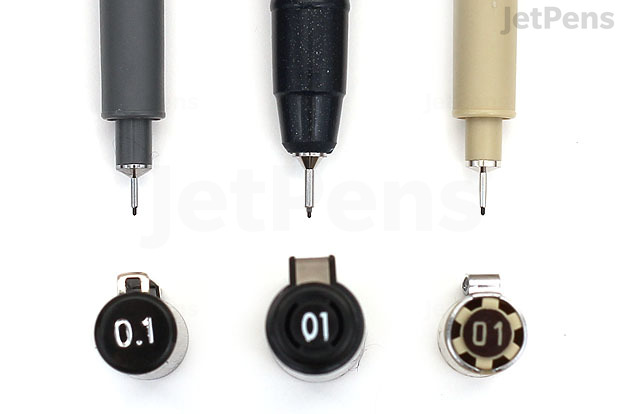
Several fineliners use an unintuitive naming scheme inherited from technical pens. The numbers on these pens, such as 0.03 or 0.8, express their relative tip size. They do not correspond to a millimeter measurement. A pen with the number 0.03 has a tip size similar to 0.15 mm, while a pen numbered as 0.8 is similar to a 0.5 mm tip size. You can check the millimeter tip size of each of these pens on their respective product pages on our website.
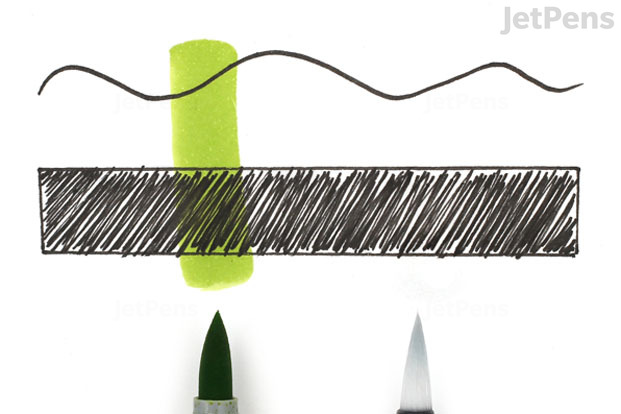
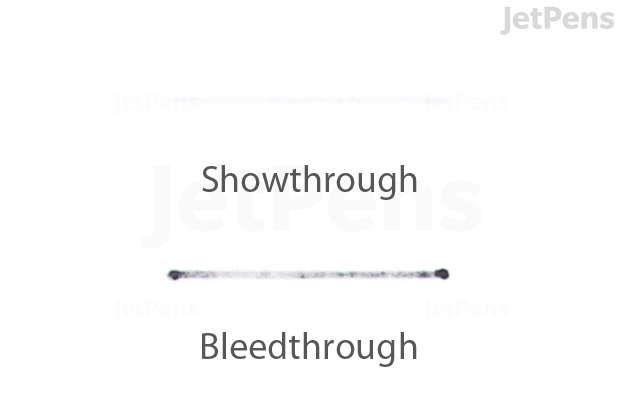
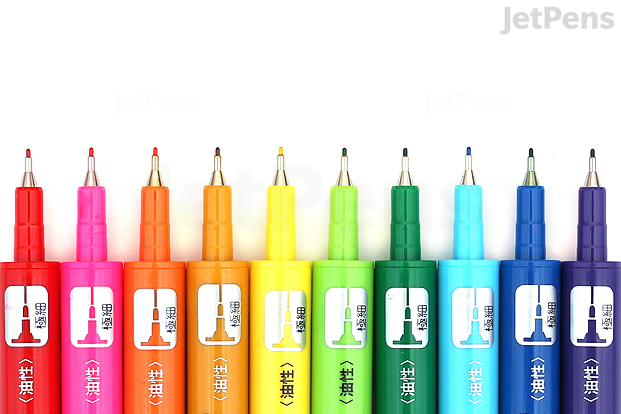
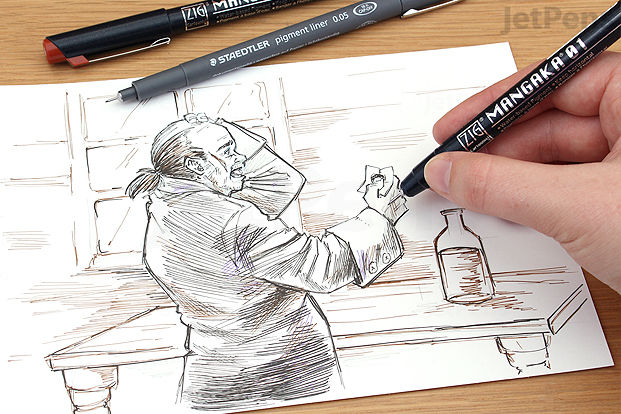
Sketching with ink prevents artists from erasing stray lines or changing their minds about a composition as they work. This encourages them to accept mistakes and keep drawing, resulting in naturally flowing lines and lively drawings unhindered by perfectionism. Thin or light-colored pens are best for initial sketches while darker or thicker pens are good for finishing touches.
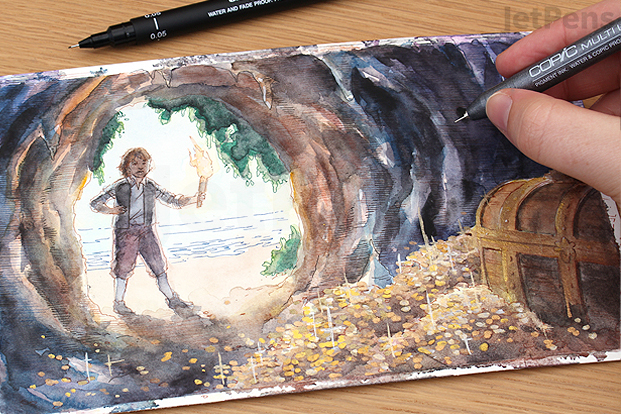
Fineliners for illustration should be richly colored or deep black for drawing vibrant linework. Look for water- and Copic-safe options to make sure you can color your artwork with any media.
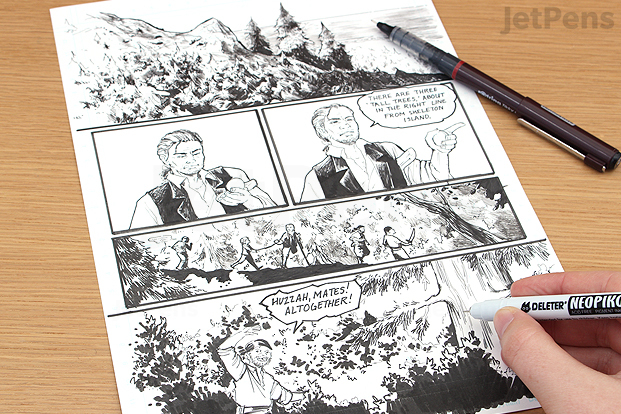
Professional-quality fineliners are perfect for all aspects of comic art: their rich black ink provides crisp and clear lines, the variety of sizes allows for both delicate details and powerful outlines, and the consistent widths are ideal for panel borders and lettering. Original comic pages can become valuable collectibles when made with archival ink.
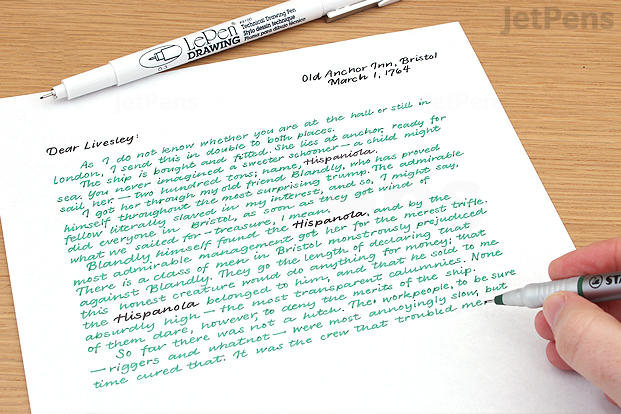
Although they were originally intended for art, fineliners also work well for writing. People who struggle with smudging or need to write in tight quarters especially appreciate their tiny tip options and fast-drying ink.
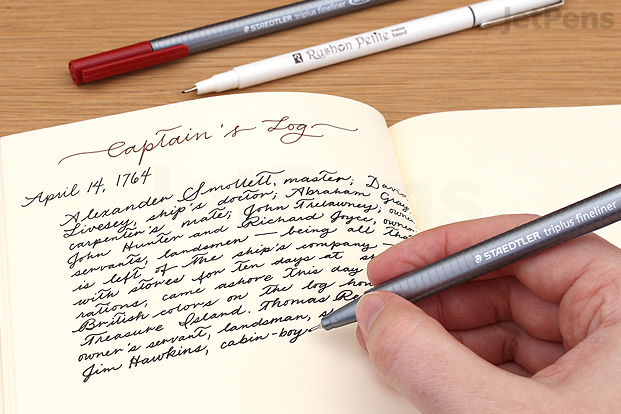
Fineliners are a popular choice for journaling and planning. Their needle points pair well with rulers for drawing layouts and their reliable tip sizes lend themselves to tidy entries. Pens that come in many different hues allow you to color-code entries and embellish them with cheerful doodles.
If you don’t like the triangular barrel of the Staedtler Triplus, try the Stabilo Point 88. They performed very similarly but have a pencil-like hexagonal design.
If the Teranishi Rushon are a little too short for you, try the Marvy Le Pen fineliners. These classic pens are acid free and available in 24 colors.
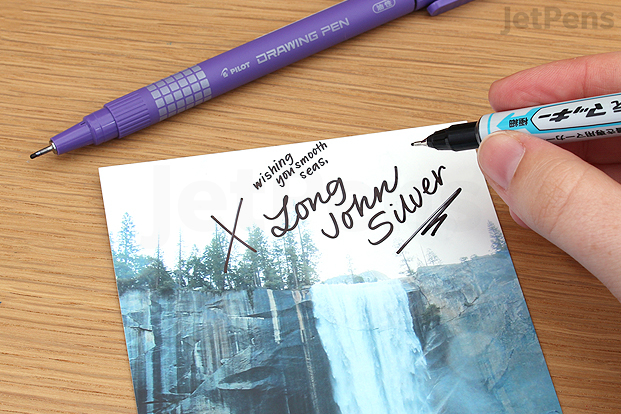
Celebrities get asked to sign all kinds of materials, so they need pens that can keep up. These pens can write on ordinary paper as well as cloth and glossy surfaces like photographs and posters. Read our guides to Multi-Surface and Photo Pens for more ideas.
We tested all of our fineliners for drying time, bleedthrough, water resistance, Copic resistance, and lifting resistance. For the water and Copic resistance tests, we allowed the ink to dry for 24 hours before drawing over it with a water brush and Copic Marker. We tested lifting resistance by erasing a dry swatch with a Sakura Foam Eraser. We performed all of the tests on both Rhodia and Deleter Comic Paper.
Do you want to review all of our recommended fineliners at once? Use our comparison tool to see their specifications side by side.
Our writers draw on their personal expertise, consult our in-house subject matter experts, and do extensive research to make our guides as accurate and comprehensive as possible. We then test every finding that makes it through the research stage. Only the techniques and tools whose performance we personally confirm make it into our guides as recommendations.
Fineliners’ precision, portability, and ease of use have made them indispensable tools for art and writing. What are your favorite fineliners? Let us know in the comments below!
0 comment
Bu bloga henüz yorum yapılmamış. İlk yorumu siz yapmak ister misiniz ?
Comment